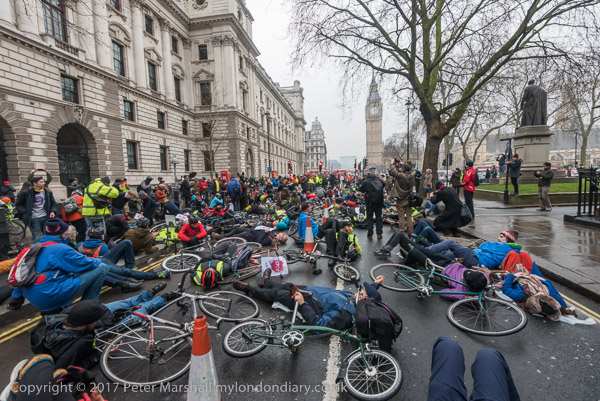
Die-in remembers 3 cyclists and 2 pedestrians killed on London roads in the previous week
Cyclists arouse deep and entirely irrational prejudice among many vocal members of the British public, and I’ve spent some time trying to understand why, though with no great success. And here some of my somewhat random thoughts possibly related to the subject.
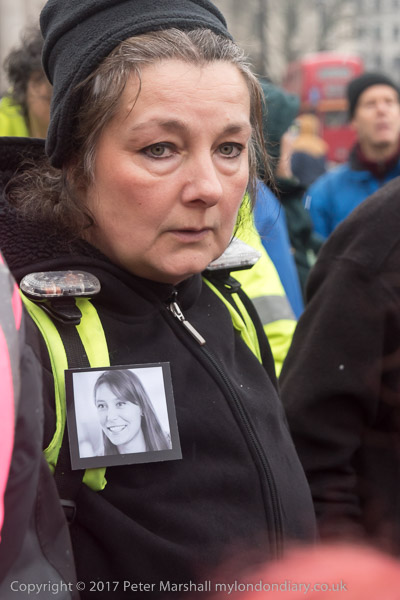
Many at the protest wore phoographs of one of the cyclists killed that week
Back in the 1890s there was a bicycling craze here and in the US in particular; the introduction of the ‘safety bicycle’ with its smaller wheels and chain drive and its widespread availability changed the way people lived.
In particular it led to much greater freedom for women, changing the way they dressed and how they behaved – so much so that Susan B Anthony in 1896 said, “the bicycle has done more for the emancipation of women than anything else in the world.” The popularity of bicycles also provided a need for smoother, pothole free roads, and the roads that we now use were largely made for the use of bicycles.
Back in the 1940s and early 1950s, pretty well everyone except the rich rode bicycles. They were (and are) a cheap and reliable form of transport and schools and factories would have large cycle sheds. But times were changing, and as Harold Macmillan said in 1957 “most of our people have never had it so good”; the post-war boom meant the working class was getting more money and it became a part of everyone’s aspiration to get a car. Back at school in the early 1960’s we all envied one of my friend who had a part-time job and could afford to own and run a Morris Minor, not least for its potential in attracting members of the opposite sex.
Bicycle clips became an emblem of failure. Or of extreme crankiness (rather appropriate for cyclists although of course it derives from the Dutch or German for sick.) People on bikes began to be seen inferior beings who should always give way to their motorised superiors. Planners and road engineers (with a few exceptions, particularly in the new towns) almost entirely disregarded the needs of cyclists in the interest of making the movement of motorists faster and reducing congestion.
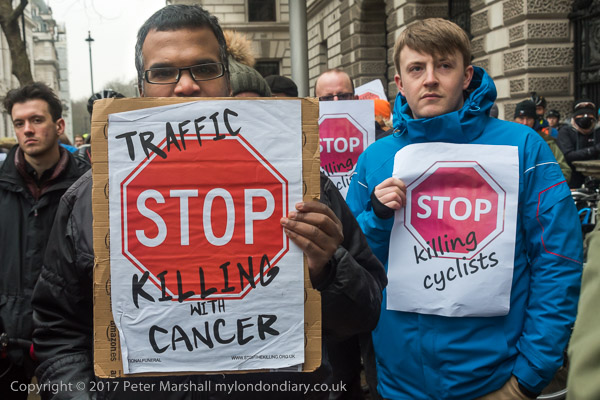
Attitudes and behaviour towards children have also changed. When I was primary school age my parents were happy for me to go and play with friends out on the streets, to ride around the area on my bike. By the time I was in long trousers – at 11 – I was cycling all over a wide range of outer London, making my way to Box Hill, Virginia Water, Windsor, the Devil’s Punchbowl and more, sometimes with friends, but often on my own.
When those of my generation went to youth clubs or activities we weren’t taken by car (my father didn’t own one, though he had possibly driven when in the RAF and had certainly ridden a motorbike in his younger days, but when I knew him he rode an ancient bike, or when he had heavy loads used a push-cart) but used bike or occasionally bus.
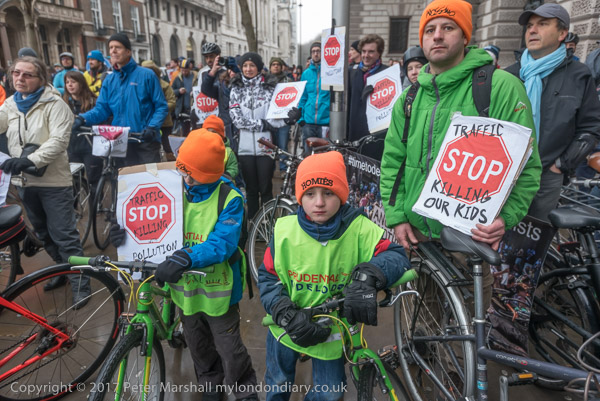
Roads then were even more dangerous than now. In 1960 almost 7,000 people were killed on UK roads; by 2015 that had dropped to 1700, and injuries, particularly serious injuries, were also greatly reduced. Though the kind of side streets that I lived and played on are perhaps more dangerous, partly because there are many more parked cars which obscure vision, but mainly because people drive much faster down them – why more areas are now getting 20mph limits – though nothing is done to enforce them.
The change isn’t driven by safety but by perceptions of danger, and particularly perceptions of ‘stranger danger’ driven by some rather hysterical campaigning. Children have always been at risk from some adults, largely from family members, but also from a few strangers, and I don’t think those risks have increased. We were given simple and straightforward advice. But we were also given a freedom which no longer exists. Parents who behaved like almost all parents did then would now find themselves threatened by social workers – as happened to a family we knew in our area a few years ago.
Owning a car if you live in a city like London isn’t an entirely rational act, but one that the car makers have had to encourage and promote though millions spent on advertising. For longer journeys, except in the outer suburbs where public transport is often poor it’s a slow and generally inconvenient way to get to places, and for shorter journeys a bike is generally much faster. At least some of that motorist hate comes from seeing people on bikes moving much faster than them through traffic queues – and sometimes doing so in slightly unconventional ways.
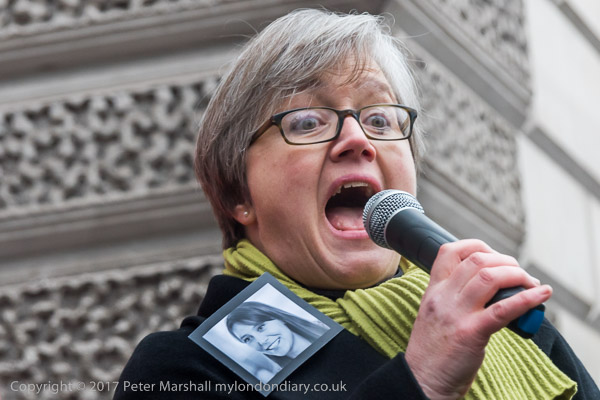
Green Party London Assembly member Caroline Russell
Perhaps the greatest boost to cycling in London came from the 2005 terrorist attack, making some reluctant to use tube or bus to get to work. Another factor has certainly been the rise of the Brompton folding bicycle, which many can take on the train and into their workplace to cut the risk of theft. Brompton’s aren’t cheap, though there are also cheaper folders on the streets. And thanks to Ken Livingstone we also have ‘Boris Bikes’.
With more people cycling we have more deaths of cyclists and the protest and die-in outside the Treasury in Parliament Square came at the end of a disastrous week in which 3 cyclists and 2 pedestrians were killed by drivers in London. Most deaths of cyclists come from them being hit by lorries and other large vehicles which have large areas of restricted visibility due to their design – something which has to change.
Serious accidents involving cyclists and pedestrians are rare – the energy involved in such collisions is so much lower. Probably rather more injuries are caused by accidents involving other pedestrians which are common and usually unrecorded. Probably pedestrian hate is more a matter of the visibility of cyclists – and the way some mainly young cyclists ride fast on pavements past people. Usually their fast reactions and control of their bikes avoids collisions but can frighten some. While cyclists and pedestrians can mix safely – as they do on many miles of officially shared pavements – cyclists should certainly do so with appropriate caution, as the movements of pedestrians are often unpredictable.
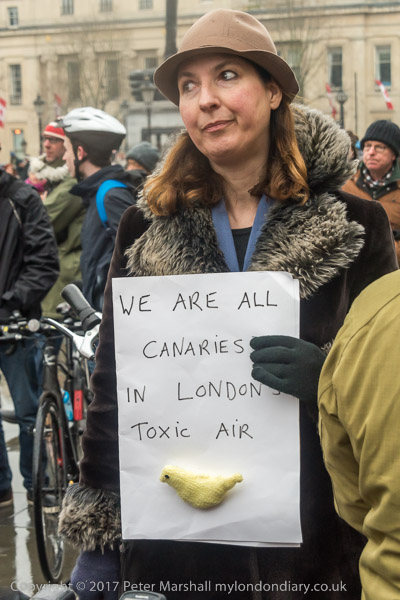
Cycling has much to contribute to the city, cutting down congestion and pollution, and to our health as a nation suffering from over-consumption and obesity. It should be encouraged by making it easier and making it safer. London needs a giant leap in spending to cut deaths from traffic pollution and poor health, as well as policies that increase public transport and cuts the use of cars and other motor vehicles, both petrol and diesel, moving all those buses, taxis and other necessary vehicles to electric over a relatively short time-frame.
______________________________________________________
There are no adverts on this site and it receives no sponsorship, and I like to keep it that way. But it does take a considerable amount of my time and thought, and if you enjoy reading it, a small donation – perhaps the cost of a beer – would be appreciated.
My London Diary : Buildings of London : River Lea/Lee Valley : London’s Industrial Heritage
All photographs on this and my other sites, unless otherwise stated, are taken by and copyright of Peter Marshall, and are available for reproduction or can be bought as prints.
To order prints or reproduce images
________________________________________________________